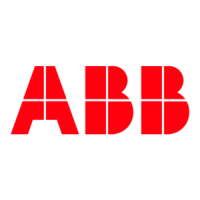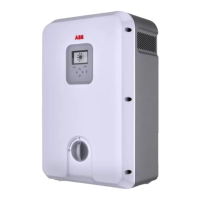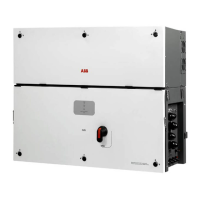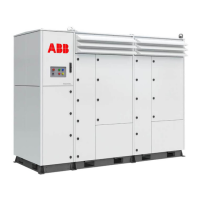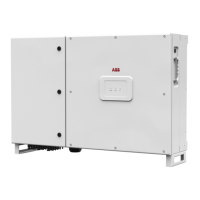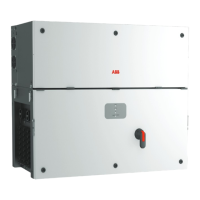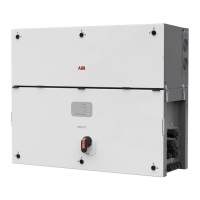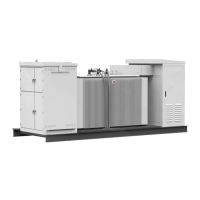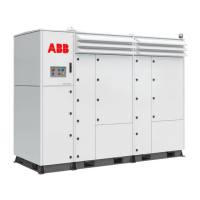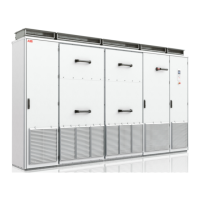
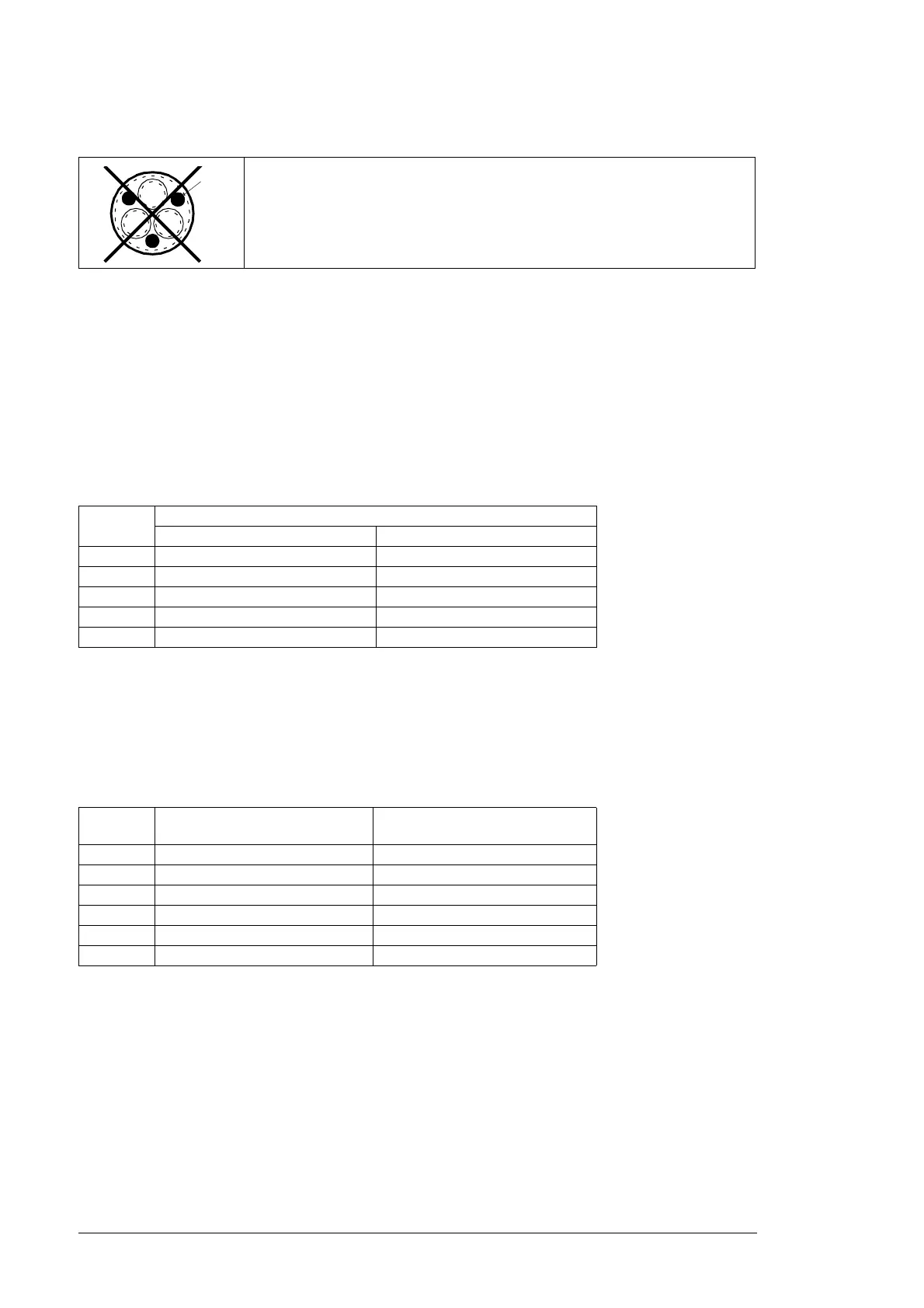
Do you have a question about the ABB PVS800-57B and is the answer not in the manual?
Details electrical hazards and precautions during work on the inverter.
Instructions for proper grounding of the inverter and associated equipment.
Step-by-step guide for safe electrical installation and maintenance.
General safety measures for handling and working with the inverter.
Guidelines for safe commissioning, start-up, and operation of the inverter.
Specifies the PVS800-57B central inverters this manual covers.
Defines the intended readers and required knowledge for using the manual.
Lists the main sections and topics covered within the manual.
Defines technical terms and abbreviations used throughout the document.
Brief description of the PVS800-57B inverter and its function.
Illustrates the main electrical circuit components of the inverter.
Provides a general view of the inverter cabinet layout and its sections.
Explains the inverter's type code, construction, and size.
Refers to general safety instructions relevant to mechanical installation.
Guidelines for site preparation, unpacking, and initial checks.
Instructions and considerations for physically mounting the inverter unit.
Guidance on choosing suitable transformers for photovoltaic applications.
Specifies technical requirements for transformers connected to the inverter.
How to choose the appropriate AC grid disconnecting device.
Guidance on selecting appropriate DC input and AC output power cables.
Recommended DC input cable sizes based on number of inputs.
Guidance on selecting suitable shielded control cables.
Instructions for proper routing of power and control cables.
Protection measures against short-circuits and thermal overload.
Measures to protect against ground faults in DC input or solar generator.
Specifics for inverters delivered without internal DC fuses (option +0F291).
Key electrical and physical specifications for the inverter models.
How ambient temperature affects the inverter's output power.
How installation altitude affects the inverter's cooling and output.
Details on AC and DC fuses used within the inverter system.
Lists suitable DC fuses for different input configurations.
Specifies necessary clearance around the inverter for installation and cooling.
Details the electrical characteristics of the AC output.
Details the electrical characteristics of the DC input.
Inverter efficiency ratings under various DC voltage conditions.
Environmental limits for inverter operation, storage, and transport.
Lists the standards the inverter complies with.
Verification of compliance with the European EMC directive.
Drawings showing the overall dimensions of the inverter cabinets.
Details on the footprint and fixing points for cabinet installation.
Illustrates the locations for AC and DC cable entry into the cabinets.
Drawings illustrating the routing and layout of AC cabling.
Drawings illustrating the routing and layout of DC cabling.
Overview of the BCU-12 control unit used in the inverter.
Details the BCU control unit's physical layout and connection ports.
Specifies the input/output terminals on control unit modules.
Detailed description and interface overview of the ABB PM564 module.
Table of default I/O connections for BCU-12 and AC500 modules.

